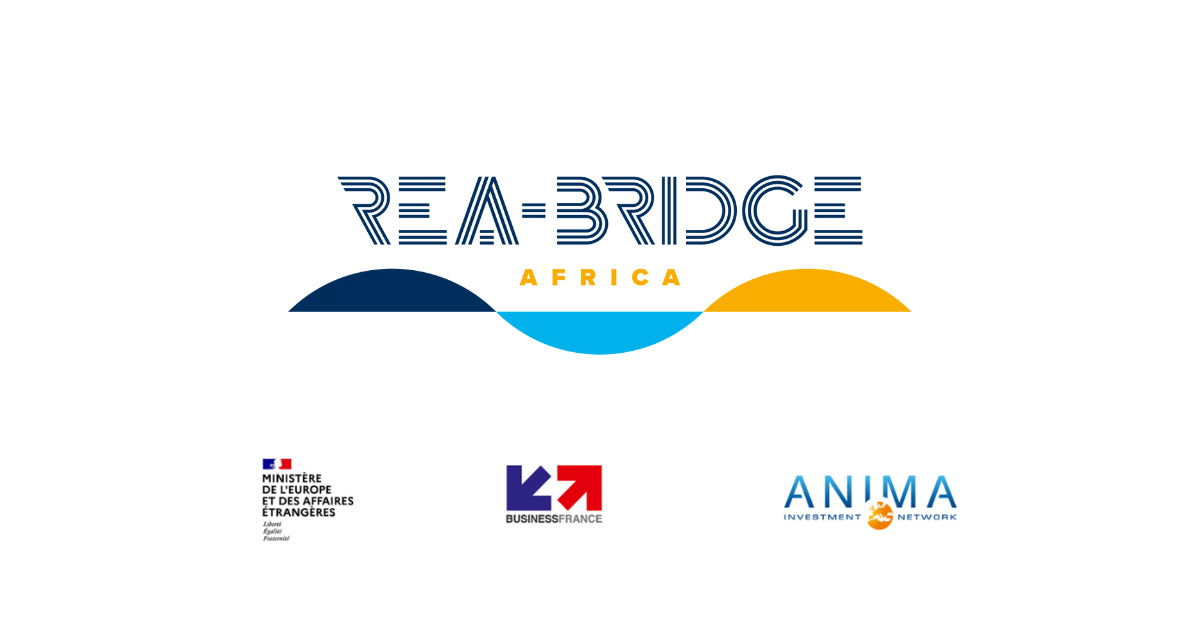Do managers and entrepreneurs innovate most in good or bad times?
This question has challenged behavioural economists since the early 1960s1. A prominent line of thought is that managers pursue problemistic search when they are faced with challenges or miss their financial targets (negative performance feedback), meaning they search for a solution2. Necessity is the mother of invention, right? But empirical evidence is quite mixed, and others claim that managers actually typically become more ‘rigid’ when performance is threatened3 and instead engage in innovation in times of abundance (positive performance feedback). How to explain these contradictory findings?
In a recent article in Research Policy, we dive into this fascinating issue. We explore the role of communitarianism in shaping the innovation responses of firm managers in situations of performance below or above expectations. Communitarianism, the opposite of Individualism, refers to societies where group goals are typically more important than individual aspirations. We know from existing research there is a negative ‘creativity effect’ as a high degree of communitarianism leads to conformism and stifles creativity, thereby reducing innovation rates4, but in fact it turns out the situation is more complex than that. In our research, covering a large number of firms in 56 countries across the world, we find three key mechanisms:
- A ‘cushion’ effect: managers in high-communitarian countries innovate more in bad times, because they are willing to take more risks. They can do so, because they can count on their community members through informal insurance mechanisms. Employees, suppliers, clients and also families and friends are expected to offer generous terms for their community member in distress.
- A ‘pay-it-forward’ effect: When firms in high-communitarianism countries perform well above aspiration, they are expected to pay back their communities. Managers use innovation projects as a tool to reward and involve their stakeholders, or use innovation to solve community challenges
- An embeddedness effect: The two above effects are only present for rooted firms, with local ownership, that are in charge of the business.
What can policy makers learn from this study?
Policy makers directly or indirectly engaged in stimulating innovation should be aware of the relatively strong influence of communitarianism on innovation behavior. In highly communitarian countries, innovation support instruments could be geared to support problem-driven R&D. These could be relatively small yet rapidly accessible funding sources such as innovation vouchers, or facilitated access to technical expertise (such as a competence center). Similarly, for the ‘pay-it-forward mechanism’ found in highly communitarian contexts, policy makers could clearly communicate local societal challenges or missions in order to guide firms where they can best contribute. Vice versa, in individualistic settings, policy makers could mitigate the relative decrease in R&D-investments during positive or negative performance feedback by robust continuation of innovation support measures even in economic downturns. Policy makers should also be aware of the distinction in innovation strategies between embedded and non-embedded firms, and design tailored innovation support strategies for both groups.
Policy brief of upcoming article in Research Policy (open access). Ploeg, M; Knoben, J. & Vermeulen, P. (2022) We are in it together: Communitarianism and the performance-innovation relationship, Research Policy (51) 5. https://doi.org/10.1016/j.respol.2022.104507
For more information, please contact Dr Matthias Ploeg, matthias.ploeg@technopolis-group.com
[1] Cyert, R., March, J., 1963. A behavioral theory of the firm. Prentice Hall [NY].
[2] Greve, H.R., 2003. A behavioral theory of R&D expenditures and innovations: Evidence from Shipbuilding. Acad. Manag. J. 46, 685–702. https://doi.org/10.2307/30040661
[3] Staw, B.M., Sandelands, L.E., Dutton, J.E., 1981. Threat Rigidity Effects in Organizational Behavior: A Multilevel Analysis. Adm. Sci. Q. 26, 501–524.
[4] Shane, S., 1993. Cultural influences on national rates of innovation. J. Bus. Ventur. 8, 59–73. https://doi.org/10.1016/0883-9026(93)90011-S



